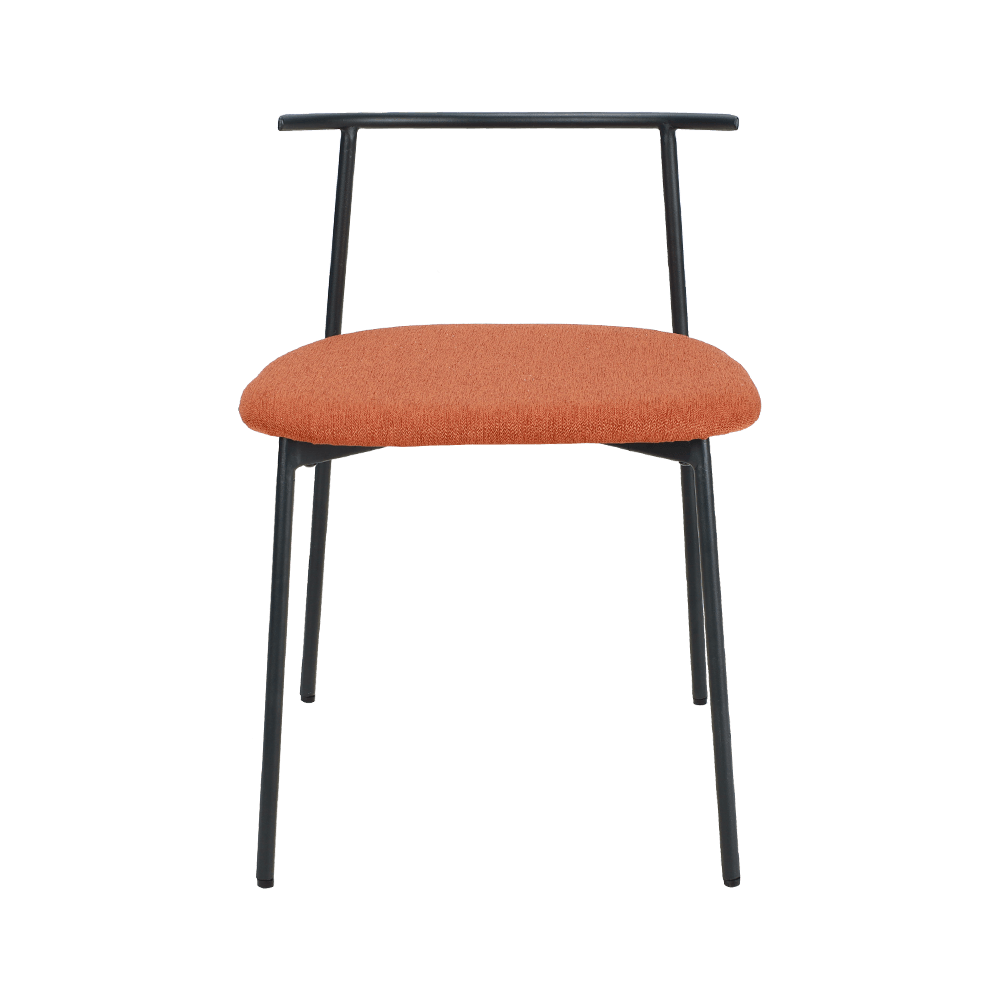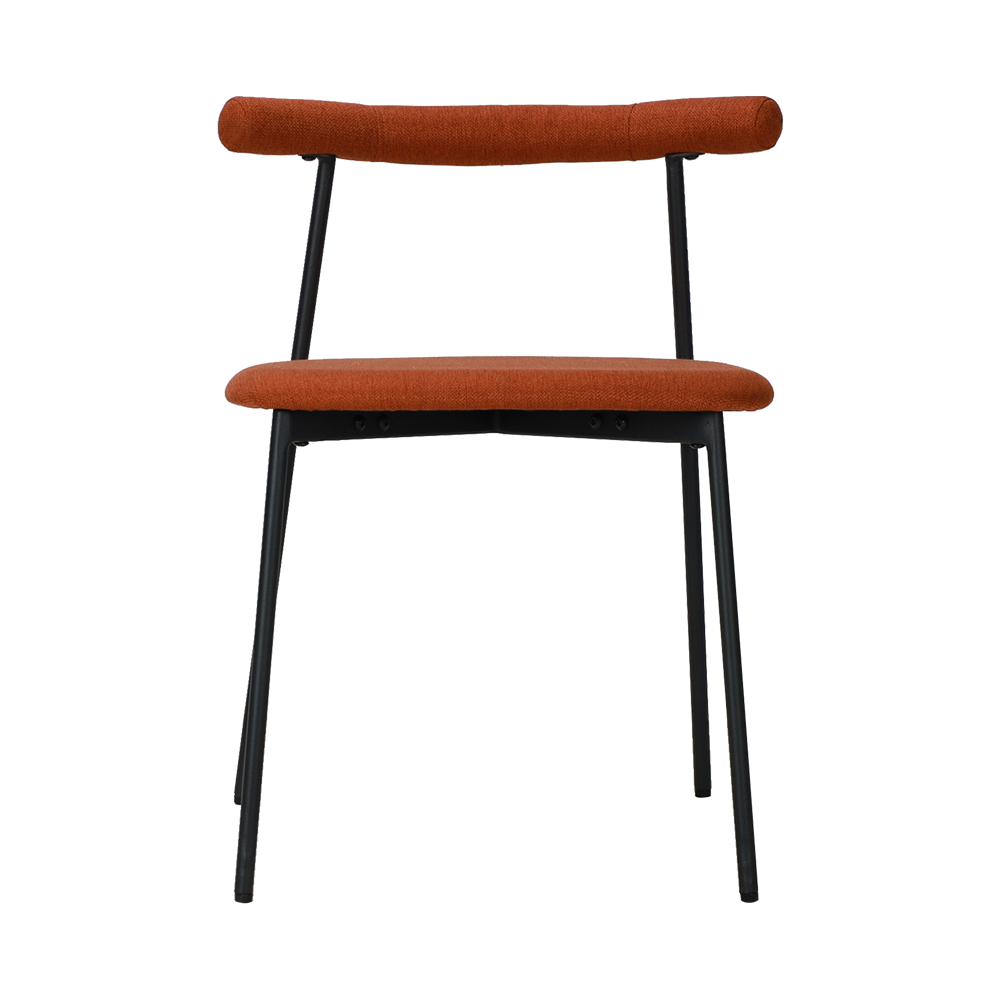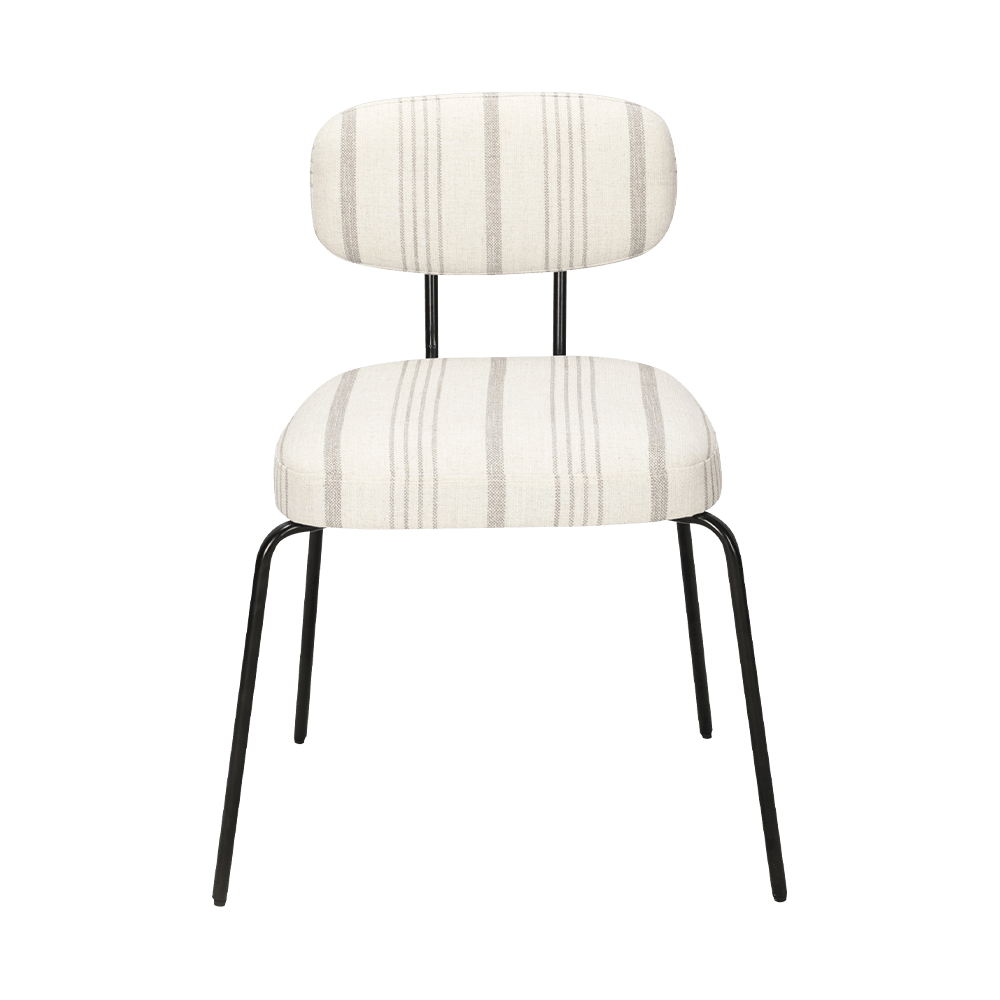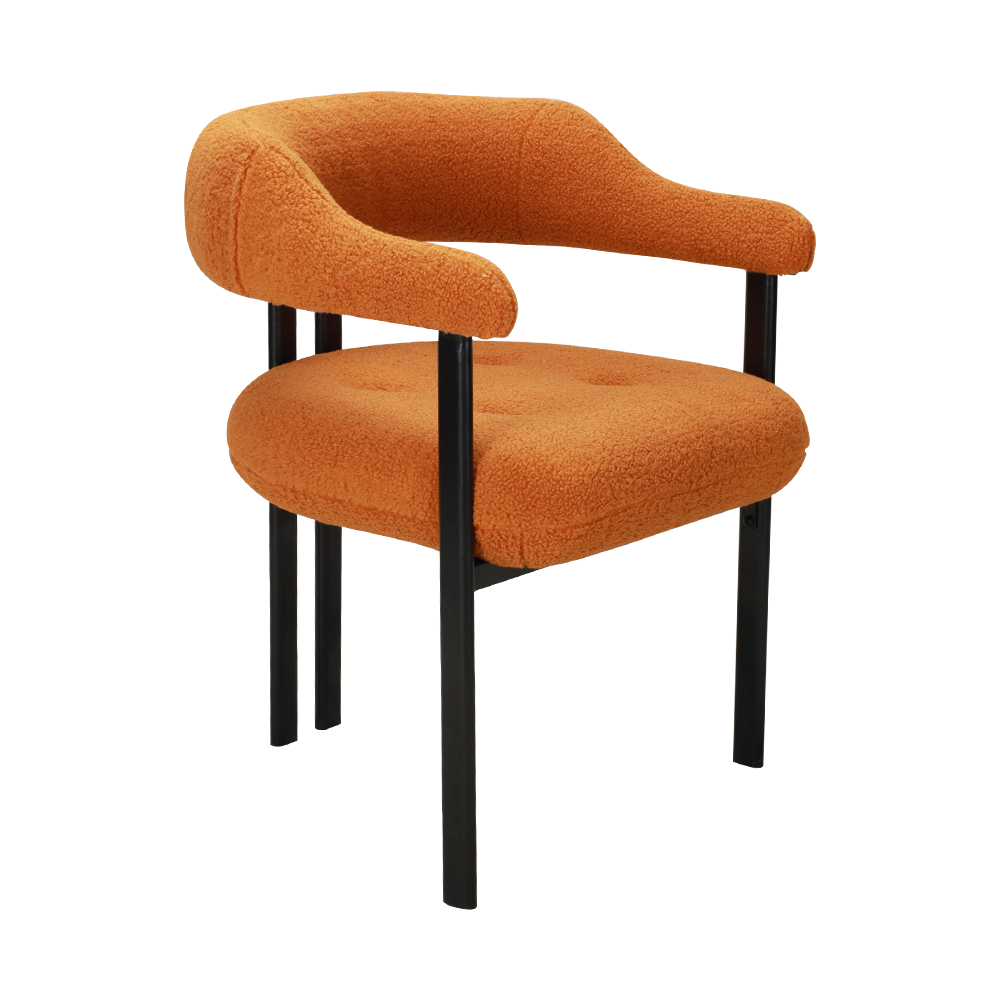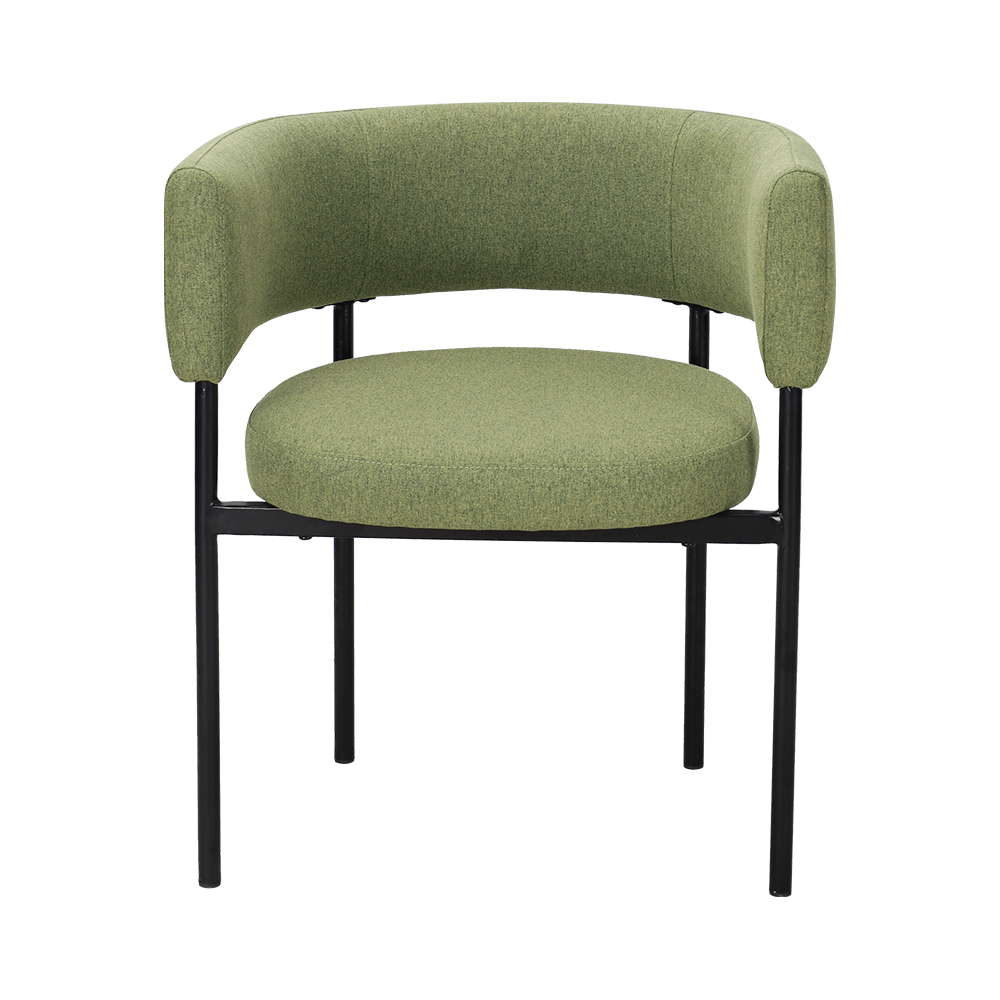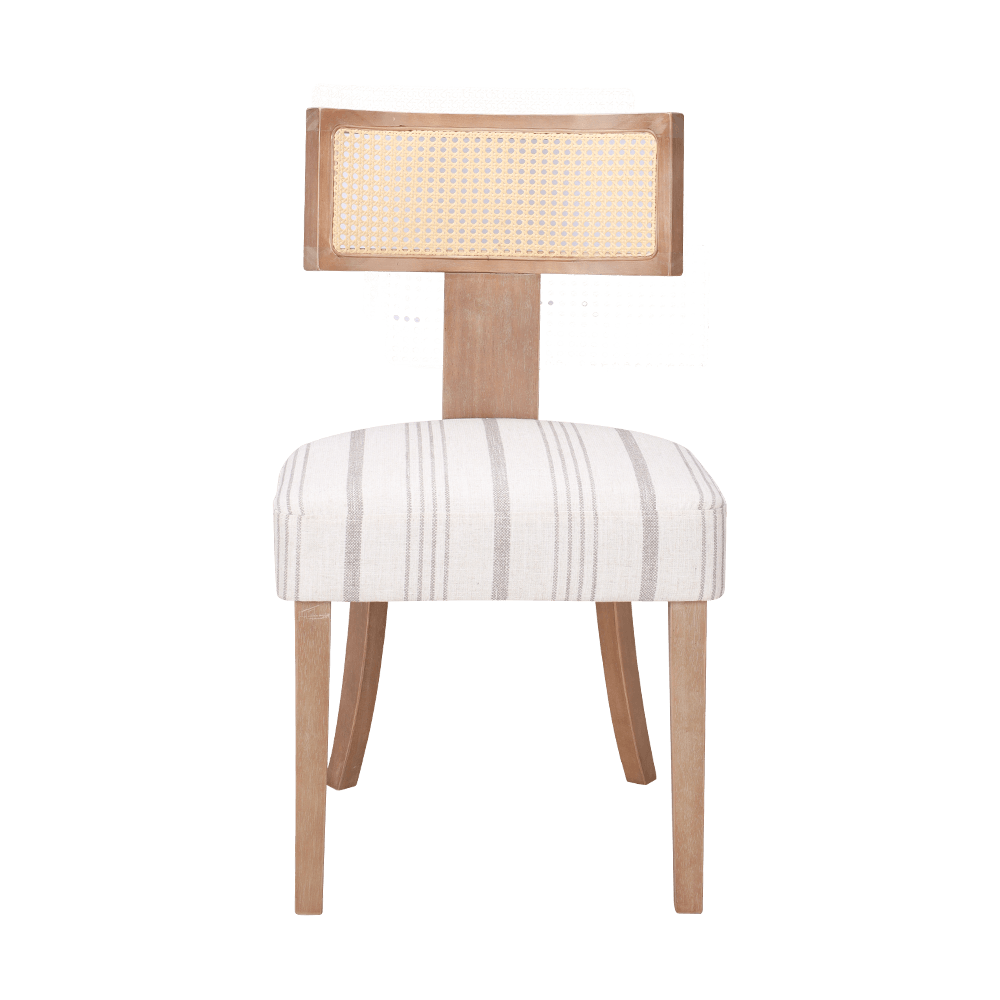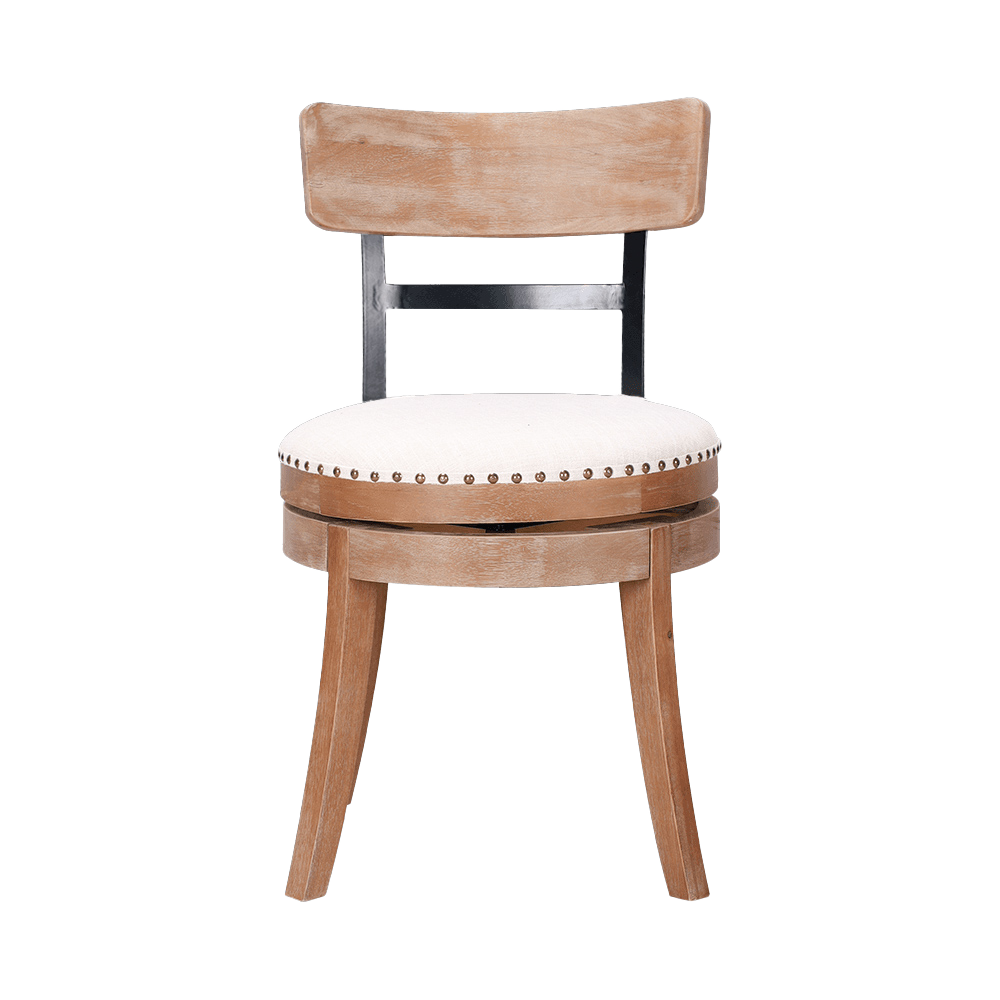What are the primary ergonomic considerations when designing a metal leg dining chair?
Posted by Zhejiang Wanchang Furniture Co., Ltd.
When designing a metal leg dining chair, ergonomic considerations are essential to ensure user comfort, safety, and long-term usability. While metal legs provide structural strength and aesthetic flexibility, the overall ergonomics depend on how well the chair supports the natural posture and movement of the human body. Here are the primary ergonomic considerations:
1. Seat Height
-
Typical Range: 430–480 mm (17–19 inches) from floor to seat surface.
-
Purpose: The seat should allow the user’s feet to rest flat on the floor with knees at a 90-degree angle. If the seat is too high or too low, it causes discomfort and strain on the legs and lower back.
-
Metal Leg Implication: Metal legs must be precisely fabricated and evenly leveled to maintain consistent seat height across all units.
2. Seat Depth and Width
-
Depth: Ideally 400–450 mm (15.7–17.7 inches).
-
Width: Typically 430–500 mm (17–20 inches) depending on the design.
-
Purpose: Adequate seat depth supports the thighs without putting pressure behind the knees. Sufficient width ensures freedom of movement and comfort for various body types.
-
Design Tip: Curved metal frames or crossbars should not interfere with leg space beneath the seat.
3. Backrest Angle and Height
-
Angle: A backrest angle of approximately 95–105° relative to the seat is considered optimal for dining.
-
Height: Around 300–450 mm (12–18 inches) above the seat pan.
-
Purpose: The backrest should support the natural lumbar curve while allowing upper body movement during meals.
-
Consideration for Metal Chairs: Ensure that the backrest support structure does not cause rigidity or excessive flex; metal frames should be shaped or padded for comfort.
4. Lumbar Support
-
Function: Supports the lower back and promotes upright posture.
-
Application: For unupholstered or minimal designs, shaping the metal frame or using molded inserts can introduce effective lumbar support.
5. Seat Pan Angle and Cushioning
-
Angle: Slight backward tilt (~3–5°) can improve comfort and reduce sliding.
-
Padding: While many metal leg chairs use hard materials (wood, plastic), ergonomic designs often include foam or upholstered cushions to reduce pressure on the pelvis and thighs.
-
Metal Frame Note: Cushion attachment must be secure to avoid shifting or sagging over time.
6. Leg Position and Stability
-
Stability: The leg spread (footprint) must prevent tipping during leaning or shifting.
-
Space: Ensure adequate clearance between the user’s legs and chair leg structures, especially if the metal frame includes a cross-brace or decorative support.
-
Glide Options: Attach protective glides or pads to metal legs to prevent floor damage and reduce noise, while also improving stability on uneven surfaces.
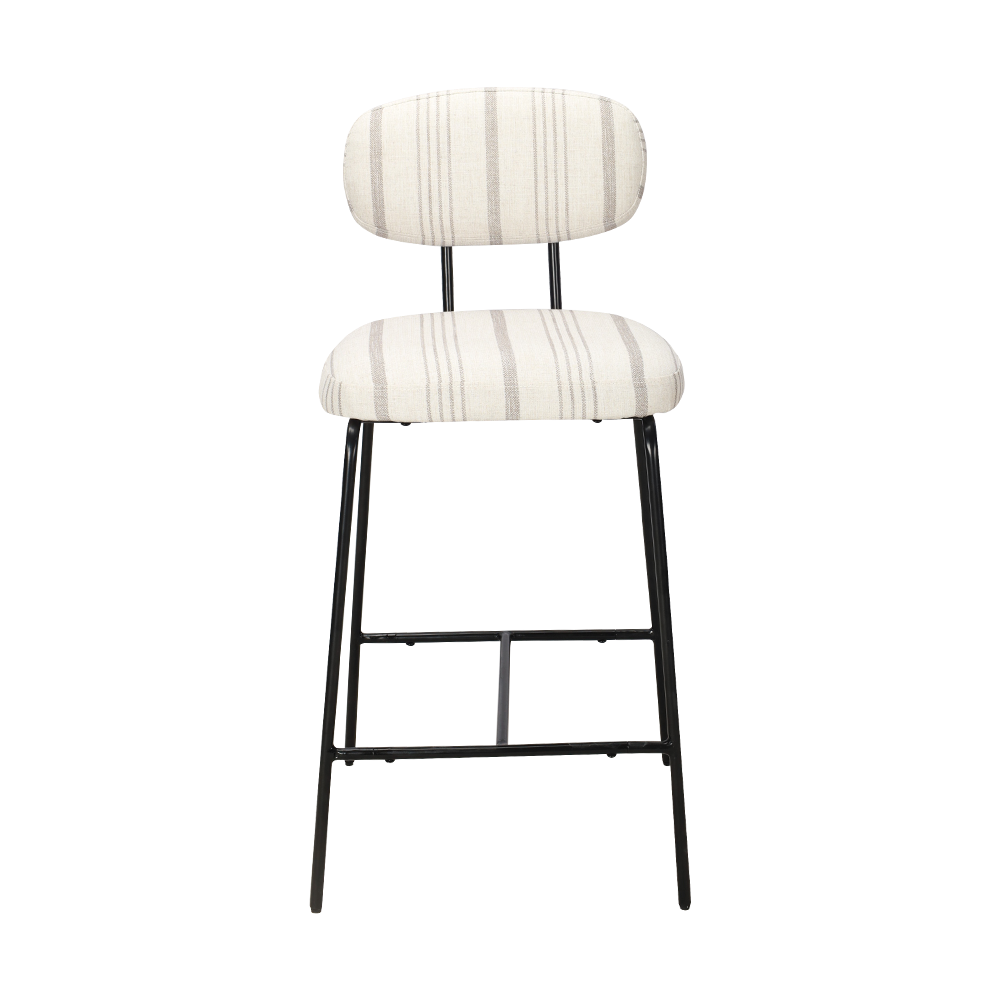
7. Armrest Design (if included)
-
Height: Should allow clearance under standard dining tables (typically <700 mm).
-
Comfort: Armrests should not restrict access or bump into the table. They should support the arms without elevating the shoulders.
-
Metal Consideration: Cold metal surfaces can be uncomfortable; designers often add wood, fabric, or padding to armrest tops.
8. Weight and Portability
-
Target: Lightweight enough to be moved easily, but heavy enough to feel stable.
-
Metal Advantage: Thin-wall tubular designs offer strength with minimal weight. Ensure ergonomically placed handholds or grip points for ease of handling.
9. Stackability and Storage (for commercial settings)
-
Feature: Stackable metal leg chairs must be shaped to prevent frame damage and maintain ergonomic contours even when nested.
-
Ergonomic Impact: Chairs must retain structural integrity and comfort even after repeated stacking and handling.
10. Compliance with Ergonomic Standards
-
Standards: Refer to ANSI/BIFMA X5.1 or EN 12520 for dimensional and performance guidelines.
-
Metal Component Testing: Structural elements should be tested for fatigue, impact, and static loading as per ergonomic expectations in commercial or public-use environments.
Ergonomic design in metal leg dining chairs involves more than just comfort—it's about supporting healthy posture, ease of use, and long-term durability without sacrificing style or structural performance. Every element, from leg geometry to seat contour, must work together to accommodate a wide range of users while maintaining the design integrity of the chair.




 中文简体
中文简体 English
English